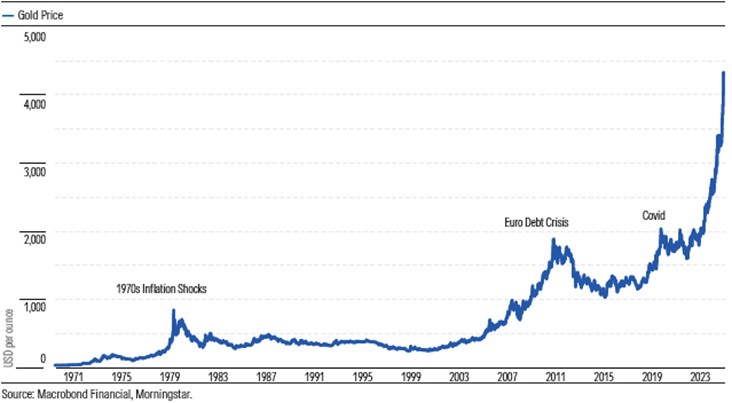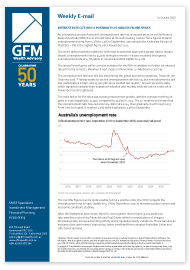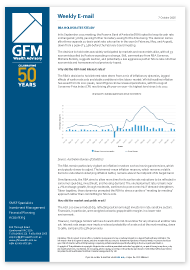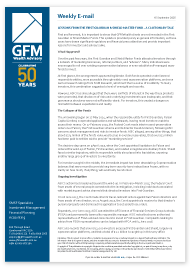WEEKLY E-MAIL

WHAT IS DRIVING THE GOLD PRICE?
By Sam Eley

It’s hard to read a financial headline without hearing about the record highs of the gold price. There are several reasons why gold has been surging over the past 12 months:
- Economic Uncertainty and Market Risk: The past five years have delivered plenty of market-moving uncertainty. The global outbreak of COVID-19 in 2020 triggered significant market volatility, and a surge of demand in safe-haven assets. More recently, concerns around slowing global growth and high levels of government debt have supported the gold price. Ongoing concerns about US fiscal sustainability and large budget deficits further fuelled anxiety, pushing demand for gold higher.
- Geopolitical Tensions and Currency Volatility: Rising geopolitical risks, conflicts and trade tensions have driven investors toward gold as a store of value. Currency volatility, especially concerns about the US dollar’s long-term strength, has also played a role. Historically, a weaker USD has supported gold prices, whereas a stronger USD has put pressure on them.
- Aggressive Central Bank Buying: Central banks, in particular in China, Poland, Turkey and India, have significantly increased their gold purchases as part of their reserve diversification strategies. 2024 saw central bank purchases exceeding 1,000 tonnes annually for the third consecutive year (World Gold Council).
- Inflation and Real Interest Rates: Persistent inflationary pressures globally have made gold more attractive as a hedge. Although nominal interest rates remain elevated, moderating inflation has kept real yields contained, supporting gold’s relative appeal.
We have seen some price volatility in recent days following a record run during September 2025.
Gold Price Financial Year 2026 to Date:

The October gold price drop is on the back of (potentially) improving relations between China and the US following renewed diplomatic engagement and trade discussions between the two nations. A stronger US dollar and solid US regional bank earnings also alleviated concerns about bad US loans, along with profit-taking by fund managers also likely contributing to the sell-off.
Given the uncertain economic and trade backdrop, ongoing geopolitical risks, and the likelihood of further interest rate cuts domestically and abroad, we expect demand for non-income-bearing assets like gold to remain in the near term.
While gold and equity markets are traditionally not highly correlated, declining interest rates should also be seen as a positive indicator for equity markets, which are also at all-time highs both domestically and globally.
Sam Eley
Senior Financial Planner
Authorised Representative No. 1234685
If you have any questions or comments, please email me at sam@gfmwealth.com.au
Disclaimer: This document is not an offer or invitation to any person to buy or sell any interest in or deposit funds with any institution. The information here is of a generic nature, and does not take into account your investment objectives or financial needs. No person should act upon this information without firstly seeking competent, professional advice specifically relating to their own particular situation.
Copyright: © This publication is copyright. Subject to the conditions prescribed under the Copyright Act, no part of it may, in any form, or by any means (electronic, mechanical, microcopying, photocopying, recording or otherwise) be reproduced or transmitted without permission. Enquiries should be addressed to GFM Wealth Advisory.




